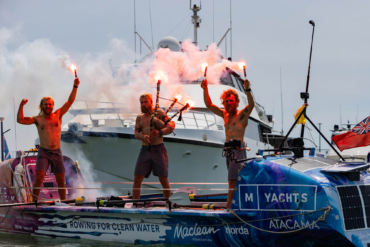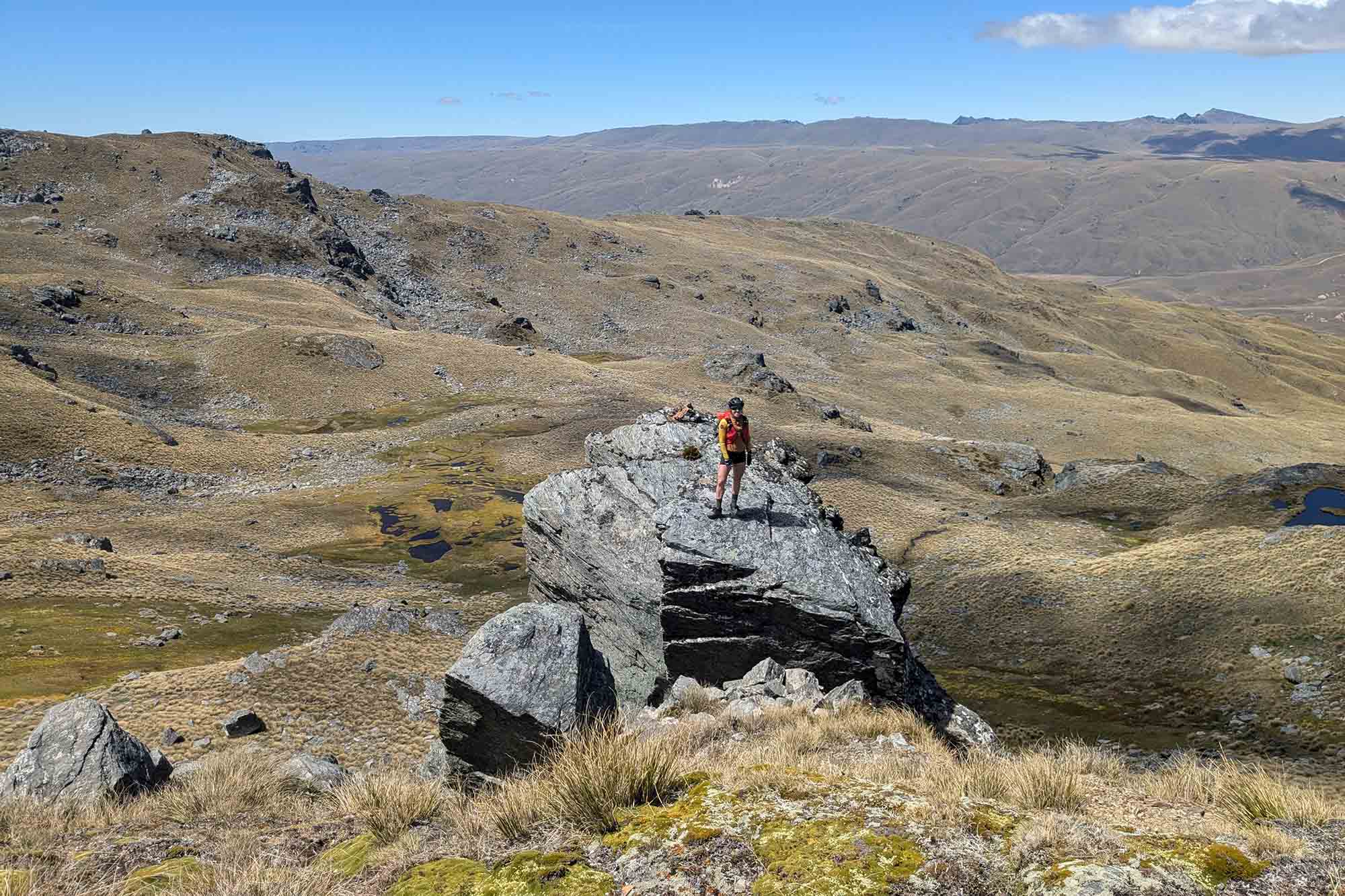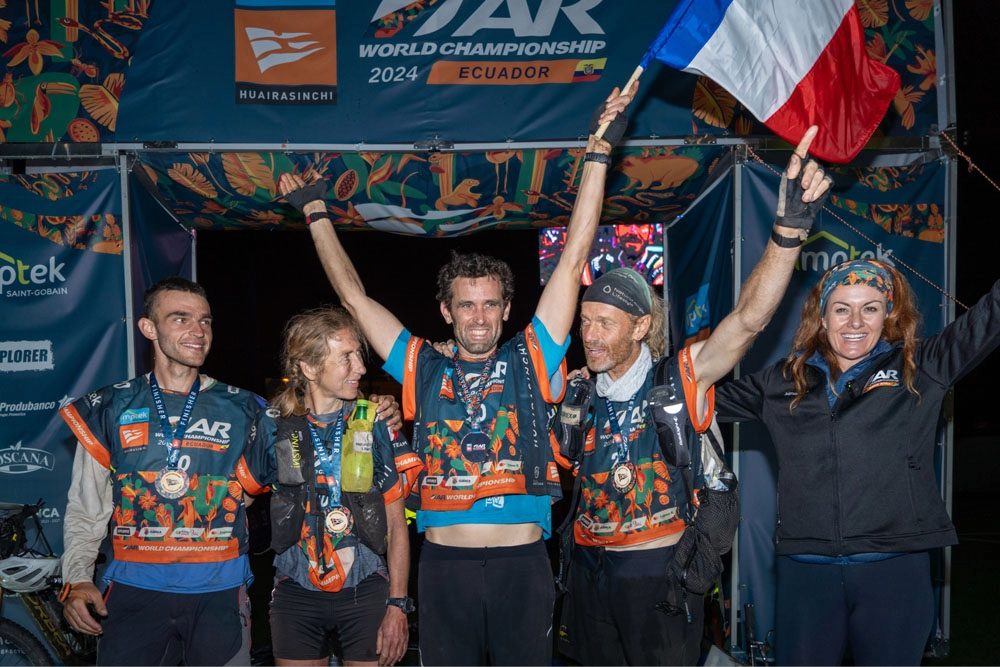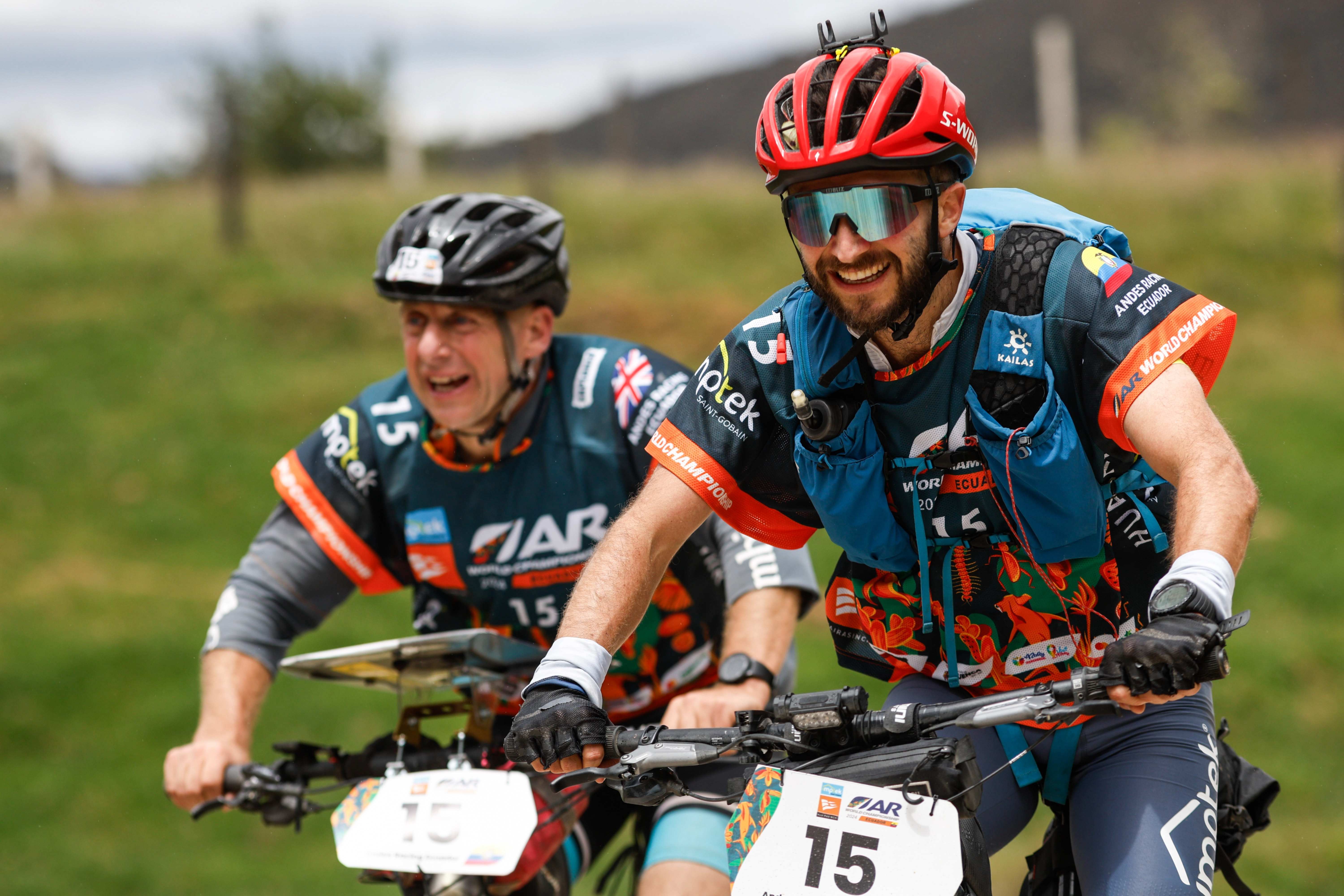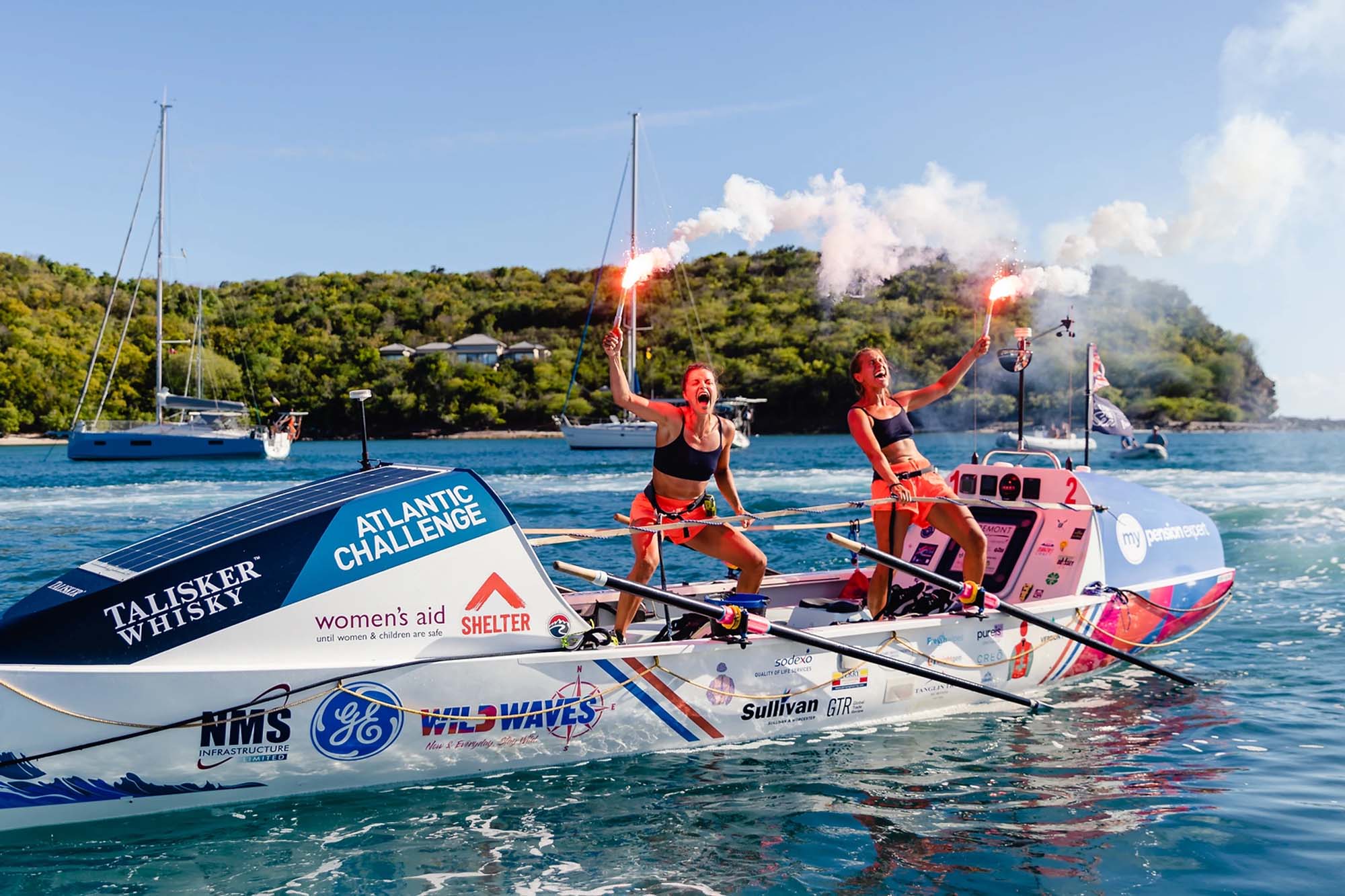A portion of this essay was published originally in the Minneapolis Star Tribune. It is a recount of Stephen Regenold’s experience in the 2010 Wenger Patagonian Expedition Race.
A gray sky and low clouds. Swells and whitecaps. The scene ahead looked like Lake Superior, the immense and frigid body of water in my home state of Minnesota. But as my kayak cut a wave, wind kicked up a foamy spray. “Saltwater,” I said, the ocean scent waking me from a daze.
It was my sixth day of racing in the wilderness of Tierra del Fuego, a remote archipelago in the Patagonia region of southern Chile. The water ahead, a fjord-like stretch of the Beagle Channel, framed mountains that faded to a literal end of the Earth.

Click for FULL–SCREEN SLIDESHOW of 2010 Race
My race team — three men and one woman comprising Team GearJunkie.com — paddled in a line. Waves rocked our little boats in the raging waters near Cape Horn. We fought sea swells and deep exhaustion, the toll of racing for nearly a week straight reverberating in each paddle stroke.
The Wenger Patagonian Expedition Race, an annual event based in Punta Arenas, Chile, had kicked off February 9 near a ferry depot on the Strait of Magellan. Teams were given maps and a course guide. The goal was to kayak, trek, bike, and navigate from checkpoint to checkpoint 350 miles to a finish line near the tip of the continent.
In Minnesota, I’d trained for months at home to temper my body for the trip. After years of racing in endurance events, the Patagonian Expedition — a race dubbed the “toughest and wildest on Earth” — was to be an ultimate test. “Historically, less than half the teams finish the course,” said Stjepan Pavicic, a Chilean geologist and mountaineer who created the race in 2004.

The 2010 competition, which wrapped up just days before Chile’s tragic earthquake last February, included a roster of 14 four-person teams from around the globe, Germany, Japan, Spain, Switzerland, and Canada included. In the end, exactly half would finish a course that traversed the entirety of Tierra del Fuego, with beaches, arid plains, forests, rivers, immense bogs, mountains, and ocean channels among the venues included in the event.
Despite the remote geography, GPS devices were not allowed. A map and a compass were the sole guides. In the Patagonia race, wilderness savvy takes equal stock alongside endurance and speed.
My team — Jason Magness, Chelsey Gribbon, and Daniel Staudigel, three friends and fellow adventure racers from the YogaSlackers group — drank from streams and hauled food in backpacks. We slept when we could, just an hour or two some nights, pushing to make cut-offs on the course.
continued on next page. . .
